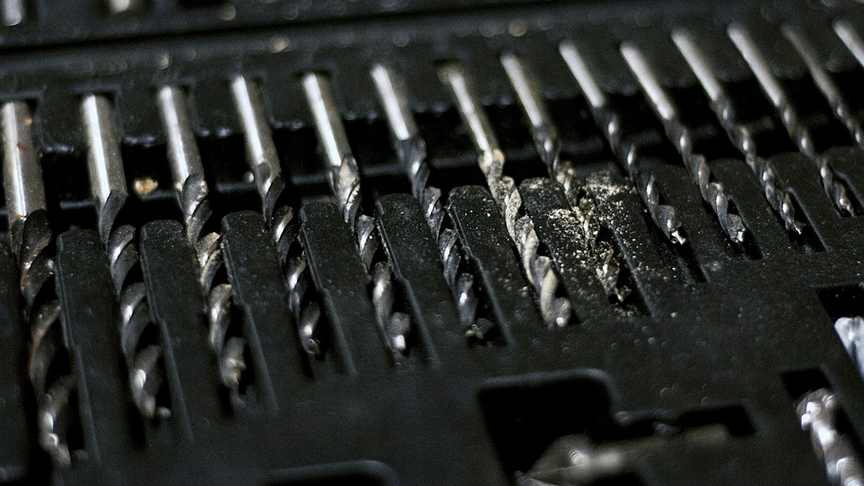
The Ultimate Guide To Wire Cable Crimping Tools
What is a Wire Cable Crimp Tool?
Imagine this: you’re building a project, maybe it’s a smart home setup or just an extension for your tools. You have all the parts laid out, but there’s one crucial step that can make or break your entire endeavor – securely connecting wires together. That’s where wire cable crimp tools come in.
Why Choose a Crimping Tool?
A simple crimping tool is like a miniature electrician’s assistant, transforming messy connections into reliable ones. These handy gadgets make sure your wires are properly insulated and held together with a secure connection, all while preventing nasty mistakes that can lead to shorts or unreliable circuits. Think of it as the superhero for your wiring projects.
The Anatomy of a Crimping Tool
Let’s delve into how these marvels of engineering work their magic. First and foremost, you have the “crimper” – this is a metal clamp with adjustable jaws that grasps onto wires. Think of it like a specialized pair of pliers, designed for specific wire sizes.
Typically, there are two main types of crimpers: manual and electric. Manual crimpers require physical force to squeeze the jaws together, while electric versions utilize battery power for a quicker, more consistent crimp. Electric crimping tools offer speed and precision, making them ideal for high-volume work.
Choosing the Right Crimper
To pick the right wire cable crimping tool, it’s crucial to consider what you’ll be connecting. The size of the wires you need to crimp is paramount, and that should guide your choice. For smaller wires like those found in electronics, a manual crimper with fine-adjustment jaws can work wonders. But if you deal with thicker gauge wires or complex connections, an electric crimping tool might be your best bet.
Types of Crimp Connections
Wire cable crimpers are designed to create secure joints for various connector types, including: the common RJ45 plug used for networking cables, the twist-lock connectors found in household appliances, and even automotive wiring. Each type requires a specific crimping tool with compatible jaws.
Beyond Crimpers: Important Considerations
Choosing a wire cable crimp tool is just the first step; there are other essential aspects to take into account:
* **Wire Gauge Compatibility:** Check if your crimper accommodates the range of wire gauges you’ll be working with. * **Durability:** Look for sturdy build quality that can withstand repeated use and impacts. * **Ease of Use:** The tool should operate smoothly and provide a good grip on the wires. * **Ergonomics:** A comfortable handle reduces strain during extended use.
Cleaning Your Crimp Tool
Just like any tool, regular maintenance for your crimping tool is key to its longevity. After each crimp, clean off any excess wire and grime from the jaws, ensuring smooth operation next time.
Additional Tips for Success
Here are a few extra tips to ensure your crimped connections are top-notch:
* **Practice Makes Perfect:** Before embarking on a large project, experiment with your tool and different wire sizes to get comfortable with the process. * **Follow Manufacturer’s Instructions:** Refer to the specific instructions and safety warnings provided by the crimping tool manufacturer for optimal performance and safe operation. * **Be Mindful of Heat:** Crimps can generate a bit of heat, especially when working with thicker wires. A brief pause to allow the tool to cool down will prevent unnecessary stress on the connections.
Conclusion: A Lifesaver for Wire Connections
Wire cable crimp tools are indispensable for anyone who works with electrical systems, from hobbyists to professional electricians. They ensure secure and reliable wiring connections, reducing safety hazards and improving overall project success. With the right tool in your hands, you’ll be on your way to building robust and efficient projects.
“`